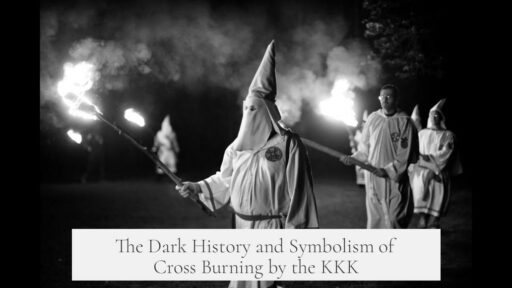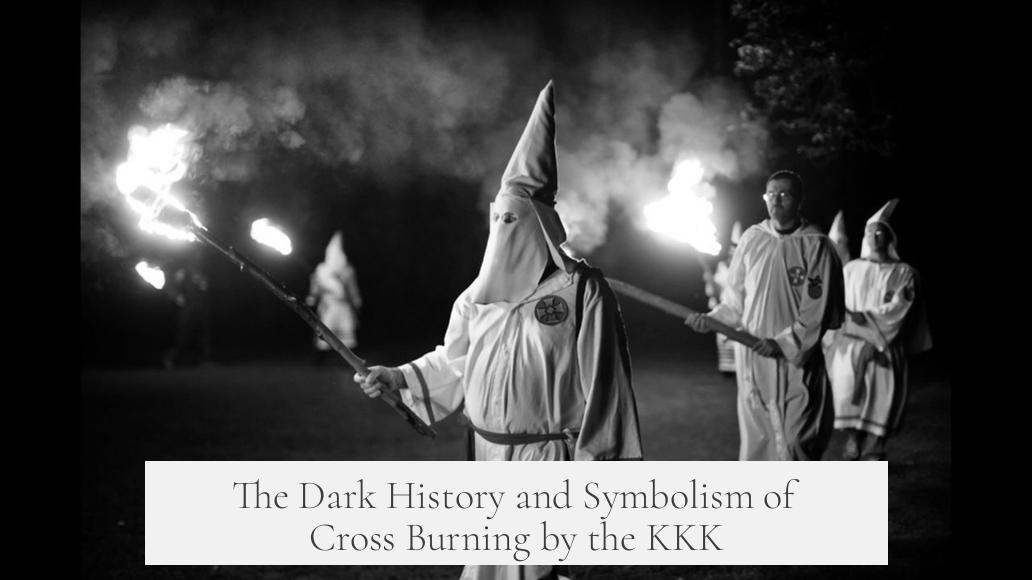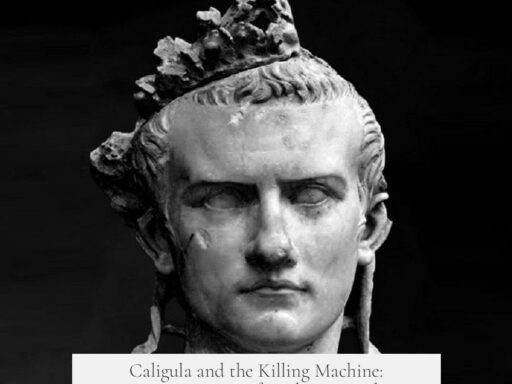The Ku Klux Klan burns crosses as a symbol rooted in a blend of myth, racial identity, and intimidation. This practice began not with the original Reconstruction-era Klan but emerged later as a theatrical and terroristic tool tied to the Klan’s self-image and goals.
The burning cross first appeared in American culture through Thomas Dixon Jr.’s 1905 novel The Clansman. Dixon created this imagery inspired by a Scottish Highland tradition where burning crosses served as beacons to signal impending battle. Crucially, no evidence shows that the initial Klan, active after the Civil War, ever used cross burning. Instead, this was a literary invention that the later Klan revived and transformed. Dixon framed it as “the old Scottish rite of the burning cross,” tying the Klan’s identity to a romanticized Anglo-Saxon Protestant heritage.
By the 1910s, the Klan image was being consciously reinvented. This era saw a rise in Lost Cause nostalgia and attempts to glorify the original Klan. Cross burning became part of this carefully crafted mythology. It was not just a racial symbol against Black people; it asserted that the Klan represented a specific racial lineage—Anglo-Saxon Protestants tracing back to Britain, especially Scotland. Thus, the burning cross came to signify both racial and religious identity, setting the Klan against immigrants, Catholics, Jews, and other perceived outsiders.
The rebirth of the Klan in 1915 formalized the symbol’s use. Inspired by the 1915 film The Birth of a Nation, which also glamorized Klan imagery, the second Klan incorporated burning crosses as part of its recruitment and ritual practices. Initially, these were smaller, handheld crosses burned in a private or theatrical setting to unify members and reinforce their mission.
Later, especially after World War II, the Klan’s use of burning crosses evolved into a tool of public terror. During the civil rights era, large burning crosses became a common and frightening means to intimidate Black people and civil rights activists in the South. This marked a shift from symbolic use to explicit acts of racial terror. The burning cross was an unmistakable message of white supremacy and violence.
The religious element of cross burning is complex. As a Christian organization in its own mind, the Klan does not burn the cross to desecrate it. Instead, the image of flames forming a cross conveys a form of religiously charged passion or fury. This fiery symbol blends medieval pagan and Christian motifs, recalling beacons or torches used in old European traditions. The Klan’s use turns this imagery into a claim of divine sanction for their beliefs and actions.
| Period | Use of Cross Burning | Purpose |
|---|---|---|
| Original Klan (Reconstruction) | No documented use | NA |
| Early 1900s (Dixon’s novel) | Introduced symbol in literature | Romanticize Klan identity |
| Second Klan (1915 revival) | Small burning crosses, private rituals | Recruitment and unity |
| Third Klan (Post-WWII, Civil Rights era) | Large burning crosses, public displays | Intimidation and racial terror |
In summary, cross burning by the KKK is not an ancient or original Klan tradition. It is a 20th-century invention tied to a specific racial and religious ideology. The symbol aims to reinforce group identity and intimidate opponents through a display of fiery, quasi-religious power.
- The burning cross originated from a Scottish custom, popularized by literature, not the original Klan.
- It asserts Anglo-Saxon Protestant racial identity while opposing multiple minority groups.
- Early Klan revival used burning crosses mainly as ritualistic symbols.
- Larger cross burnings became a terror weapon during the civil rights era.
- The symbol conveys religiously inspired passion, not desecration.
Why Did the KKK Burn Crosses? Unpacking a Dark Symbol
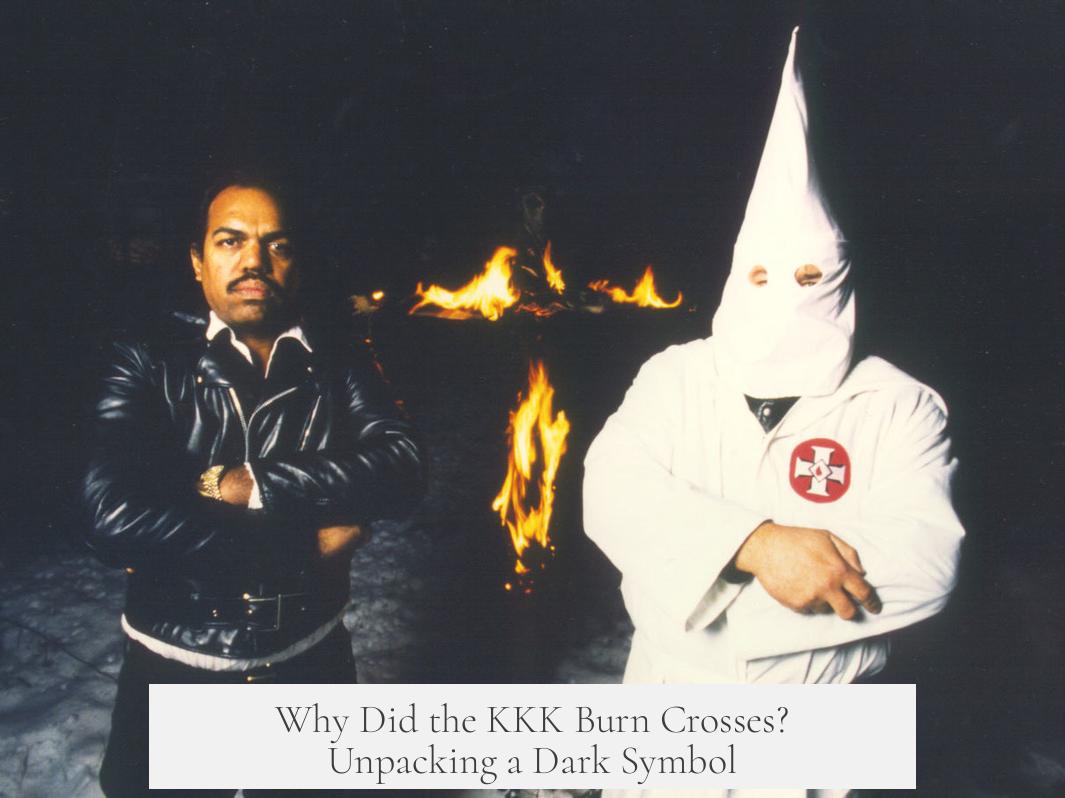
Why did the KKK burn crosses? The short answer: it wasn’t an original Klan tradition but a theatrical, symbolic act borrowed from romanticized fiction and Scottish customs, later twisted into a terrifying tool of racial intimidation.
Now, let’s unravel the full story behind this burning mystery.
From Scottish Highlands to Southern Hells: The Burning Cross’ Origins
The burning cross that the Ku Klux Klan uses did not come out of thin air. It started in a very different setting—a Scottish Highland custom. Back in the day, small crosses were lit on fire and carried by horsemen as beacons, signaling impending battle. This was a practical, even honorable tradition, nothing close to the hate-driven rituals it later inspired.
Thomas Dixon Jr.’s 1905 novel The Clansman popularized the idea of the “old Scottish rite of the burning cross.”
This novel showed burning crosses to the American public — but here’s a twist: the original Reconstruction-era Klan never used cross burning in real life. Not once, according to historians. This powerful image was a 20th-century invention.
Romanticizing Hate: How the Cross Burning Myths Took Hold
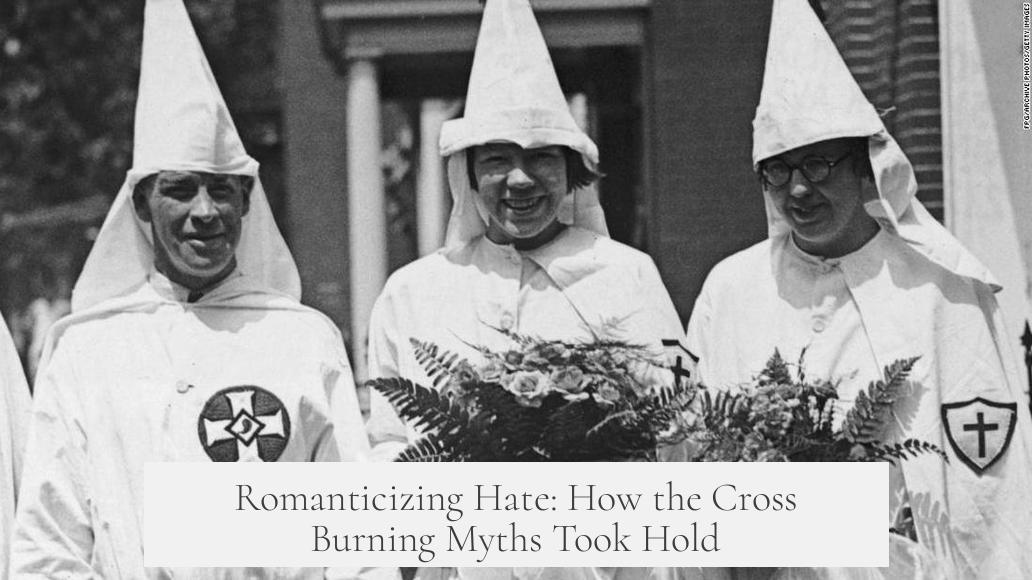
Fast forward to the 1910s, and America witnesses a cultural revival of Lost Cause nostalgia. The South glorifies its past, and with it, the Klan undergoes a reinvention. Burning crosses became part of this mystique, a theatrical marker connecting the new Klan to imagined noble roots.
In essence, the Klan painted itself as heirs to a chivalrous, Anglo-Saxon Protestant legacy, borrowing from Dixon’s romantic fiction to fortify its identity.
What’s the Idea Behind a Burning Cross? It’s not What You Think.
While seeing a cross in flames might feel sacrilegious, the Klan didn’t burn crosses to destroy religious symbols. Instead, the flames symbolize a “religiously inspired fury.” The fire’s visual impact was meant to evoke passion and terror at once.
Think of it less like the destruction of the cross and more like turning the cross into a fiery torch bearing a message. Other groups, unrelated to white supremacists, have used fiery crosses symbolically, too.
The Second Klan’s Formal Embrace of Cross Burning
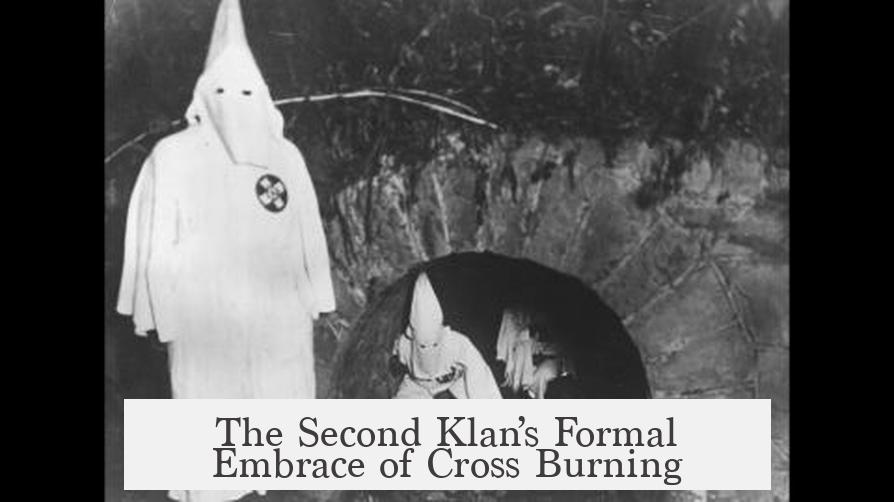
In September 1915, a reshaped and centralized Ku Klux Klan forms, very different from the secretive Reconstruction-era original. This new Klan adopts the burning cross as a ritual, inspired partly by the movie Birth of a Nation, itself adapted from Dixon’s novel.
Interestingly, the cross-burning then started small—like handheld crosses set aflame in private Klan gatherings—more symbolic than out-and-out intimidation. It was good theater meant to create group cohesion and attract new members willing to pay their dues.
When the Symbol Gets Darker: The Third Klan’s Terror Tactics
After World War II, Klan activities morph again. The organization returns to the South with increased violence. Now, large static burning crosses serve a new purpose—not just symbols, but unmistakable warnings of menace.
By the Civil Rights era, cross burnings have become iconic acts of racial terror. They are not private teasers anymore but public threats aimed squarely at Black communities and civil rights activists.
Who Were They Targeting, and Why?
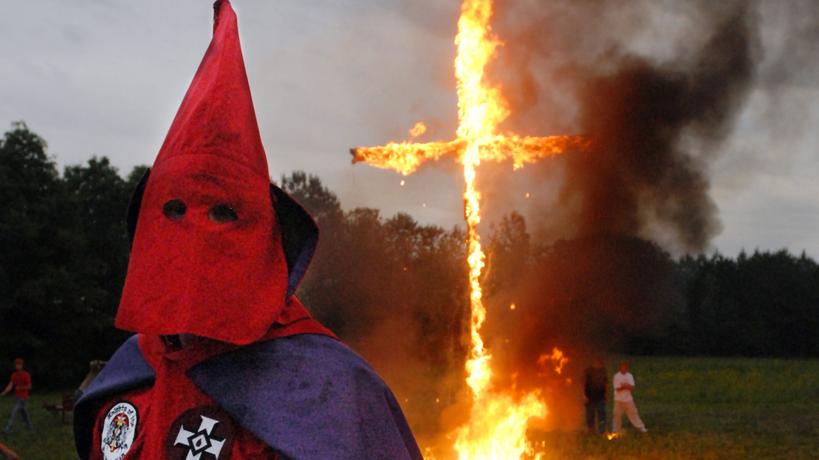
The burning cross wasn’t just a weapon against Black Americans. The Klan claimed an Anglo-Saxon Protestant identity and positioned itself against immigrants, Catholics, Jews, and other groups they saw as threats to their racially pure vision.
That’s why the fiery cross meant so much more—it was a rallying cry for white supremacy and racial hierarchy wrapped in supposedly “Christian” symbolism.
What Makes This Symbol So Powerful—and So Chilling?
The burning cross has a dramatic, shock-value appeal. Imagine walking outside at night and seeing a massive cross engulfed in flames on your lawn. It’s a horror show crafted to instill fear, not faith.
This symbol’s effectiveness comes from its mix of religious imagery and fiery spectacle—two elements that have deep cultural resonance.
Learning from History: Why the Symbol Matters Today
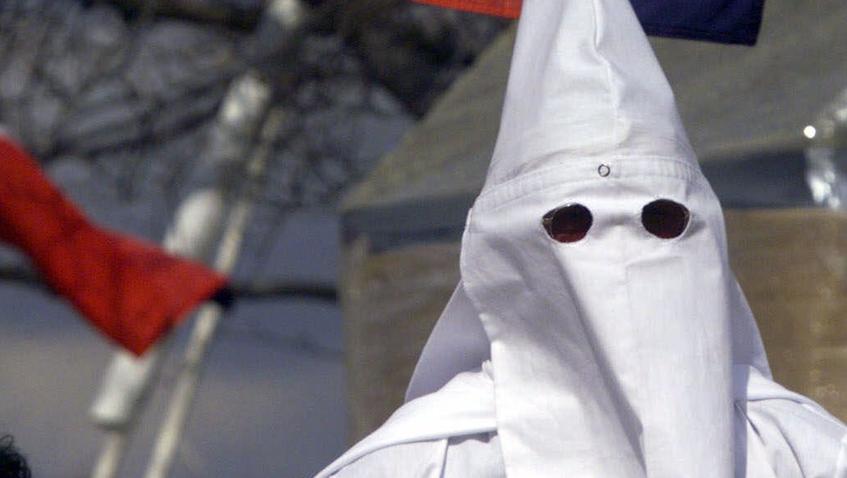
Understanding the burning cross’s roots helps us see why it matters. This act was never an innocent tradition but evolved into a form of psychological warfare against minorities.
It’s a reminder of how symbols can be reinvented, co-opted, and weaponized. The burning cross shows how mythmaking, fiction, and performance can morph into deadly serious hate propaganda.
So, What Can We Do?
- Recognize that many symbols have complex histories.
- Challenge romanticized stories that glorify hate groups.
- Educate others about the real origins of such practices.
- Support efforts to counter racial terror and promote healing.
Symbols like the burning cross still show up. They are not the past’s dusty relics but present dangers when used to intimidate or spread hate.
Wrapping Up
The KKK burns crosses because the act serves as a fiery beacon of fear, steeped in myth and white supremacist identity. From Scottish battlefield signals to racist American theater, the symbol was reinvented to justify terror and hatred.
Next time you see a mention of burning crosses, remember the twisted journey from a Highland tradition to a hate group’s terrifying signature. Understanding this can help us stand stronger against the forces such symbols continue to represent.
